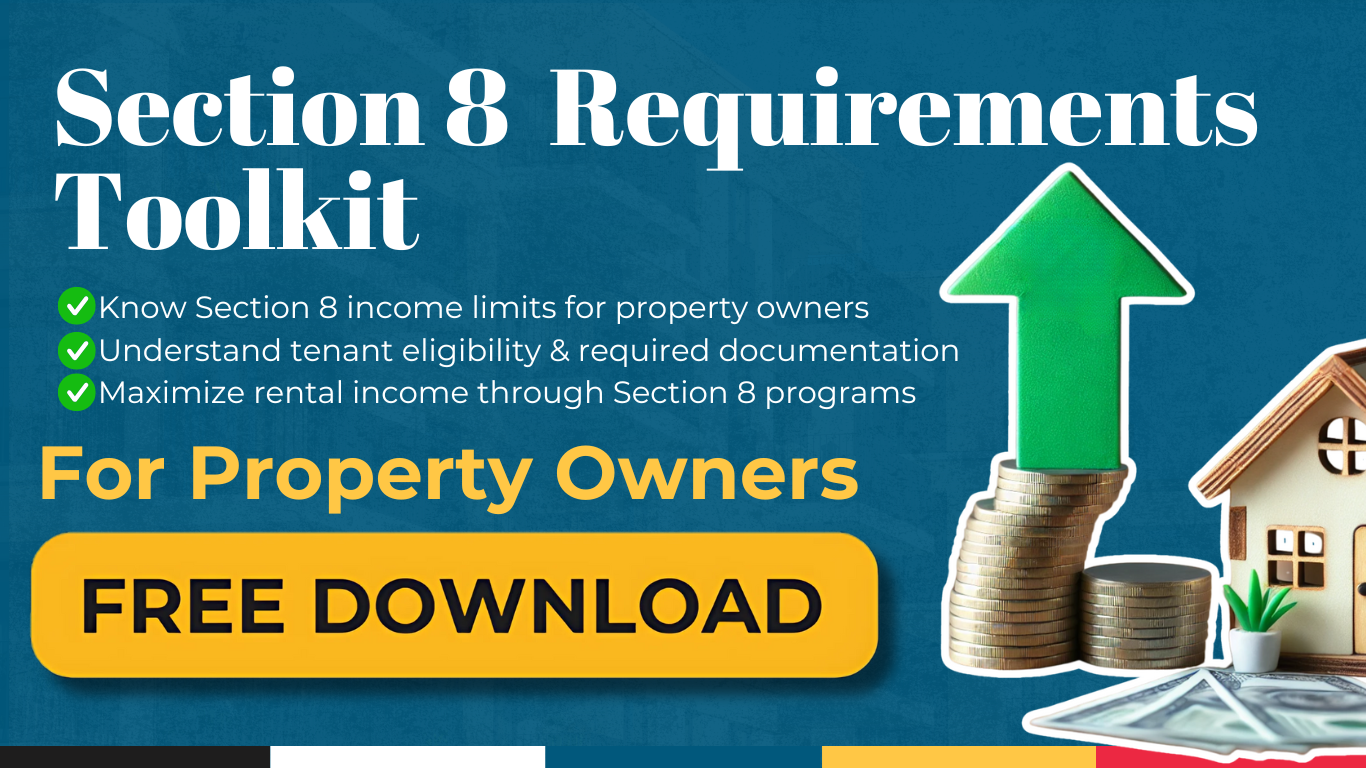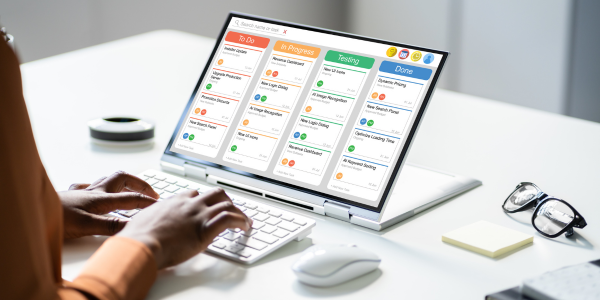California Section 8 Income Limits & Requirements
Essential Guidelines for Section 8 Vouchers
The Section 8 housing program in California provides essential support for low-income families, seniors, and individuals living with disabilities. Established by the federal government, this program is designed to help those in need find safe and affordable housing. Managed by the U.S. Department of Housing and Urban Development (HUD), local housing authorities play a crucial role in implementing these resources across different communities.
As housing costs rise and the need for affordable options becomes more pressing, understanding how to navigate the Section 8 program is crucial. This article will guide you through the eligibility requirements, application processes, and available resources that can help you secure affordable housing in California.
Key Takeaways
- Section 8 housing provides vital support for those in need.
- Understanding eligibility is key to applying successfully.
- High demand for affordable housing makes these programs essential.
Section 8 Housing Income Limits in California
To be eligible for Section 8 housing in California, your household earnings must stay below certain limits set by HUD. These limits are based on the median income specific to your county or metropolitan area.
Income limits can differ widely depending on your location and the size of your household. Typically, these limits range from 30% to 80% of the area's median income. To verify your eligibility under these guidelines, you can visit the HUD website or reach out to your local housing authority. You'll need to provide key documents like pay stubs and tax returns for proof of income.
Meeting these income thresholds is essential, but it doesn’t ensure you will receive assistance due to high demand and limited funding.
Orange County Low-Income Housing Limits
In Orange County, income limits play a crucial role in determining eligibility for low-income housing initiatives. These limitations help make sure that affordable living options are available to those in need. The income thresholds are influenced by the median income of the area and can change based on the number of people in a household.
Section 8 Eligibility in California
1. Verify Your Qualification for a Section 8 Voucher
Start by checking if you qualify for a Section 8 voucher in California. To be eligible, your household income must typically be below 50% of the median income for your area. Certain deductions may apply, allowing for a lower taxable income.
Besides income, eligibility is influenced by family size, citizenship, and any criminal history. Familiarize yourself with HUD’s income guidelines to ensure you understand all criteria. Be prepared to collect necessary documents, such as proof of income, social security numbers, and personal identification.
2. Locate Your Local Public Housing Authority (PHA)
In California, the Section 8 program is administered by local Public Housing Authorities (PHAs). Each PHA serves a specific area, making it essential to identify yours. An easy way to find the correct one is to search online using your city or county's name along with "Section 8 PHA."
Once you find your local PHA, contact them to learn about their application process, check the status of any waiting lists, and understand any additional requirements they may have.
3. Complete Your Section 8 Voucher Application
After identifying your local PHA, you can start the application for the Section 8 voucher.
Many PHAs provide the option to apply online, which can simplify the process.
Make sure to fill out your application carefully and accurately, attaching all required documents. It's common to be placed on a waiting list due to high demand for housing assistance, so patience is necessary. Keep your contact information up to date with the PHA to receive notifications on your application status. Approval times can vary, taking anywhere from several months to a few years. You can use HUD’s Wait List Check feature to monitor your application status.
4. Attend the Interview with the PHA
If your application is successful, you will be invited for an interview with the Public Housing Authority. For this appointment, bring original copies of your documents to confirm all the information provided in your application. During the interview, you may also discuss your housing needs and commitment to the program’s guidelines.
Arrive on time for this important meeting and present yourself in a professional manner. This interview is critical in the process and can influence your eligibility decision.
5. Get Your Section 8 Voucher and Start Looking for a Home
Once your application is approved, congratulations! You will receive a Section 8 voucher that outlines your rental assistance eligibility.
The next exciting step is to find a rental home that suits you. You can choose any private rental property that meets the program's criteria. Before you can move in, the chosen unit must pass an inspection by the PHA to ensure it meets safety and quality standards.
After selecting a suitable property, the PHA will work with you and your landlord to complete all necessary arrangements.
Applying for HUD Housing in California
You can access various affordable housing programs through the U.S. Department of Housing and Urban Development (HUD) in California, including public housing and Section 8. These programs are managed by local housing authorities and non-profit organizations.
To begin your application for HUD housing, contact your local housing authority or a relevant non-profit. While the steps may differ, you will typically need to provide personal information and proof of income, along with documents that confirm your eligibility.
It's important to note that HUD housing and Section 8 housing serve different purposes. Section 8 offers rental assistance via vouchers that can be used for private rentals, whereas HUD housing consists of public housing and other affordable options managed by HUD.
Carefully evaluate your housing needs and preferences, and seek guidance from your local housing authority to find the most suitable option for you.
Final Thoughts
California's Section 8 housing program is vital for low-income families, seniors, and those with disabilities. Administered by HUD and local agencies, it addresses the challenge of rising housing costs. You must meet specific income requirements and criteria to qualify for rental assistance. Gaining insight into this program will empower you to navigate the housing market effectively. If you need guidance, do not hesitate to reach out to Coastline Equity for support.
Frequently Asked Questions
What are the income thresholds for an individual applying for Section 8 housing in California?
For a single applicant, the maximum annual income typically falls around $52,700. This amount can change based on the specific area and any adjustments made by local housing authorities.
How do income requirements for California Section 8 housing change depending on family size?
Income limits for Section 8 housing are adjusted based on the number of people in your household. Generally, as your household size increases, the income limit also rises. For example:
- 2-person household: Approximately $60,250
- 3-person household: About $67,800
- Income limits continue to increase with additional family members.
What are the current HUD income limitations for Section 8 applicants in California?
The U.S. Department of Housing and Urban Development (HUD) sets income limits based on the median income for each area. In California, these limits can vary significantly by region. Keep in mind:
- Extremely Low Income: 15% of AMI
- Very Low Income: 30% to 50% of AMI
- Lower Income: 50% to 80% of AMI
Which factors can result in disqualification from the Section 8 program in California?
There are several reasons you might be disqualified from the Section 8 program, including:
- Having a criminal record, especially for drug-related offenses.
- Failing to meet income criteria for your household size.
- Not providing necessary documentation during the application process.
- Previous evictions from Section 8 housing.
What is the highest income allowed to qualify for Section 8 in California?
To qualify for Section 8 housing, your income must be below a specific limit that varies by area. Typically, you should aim to fall below 80% of the area median income. For example, in certain areas, this may mean not exceeding $70,000 for a family of four.
How do I apply for Section 8 housing in California, and what paperwork do I need?
To apply for Section 8 housing, you will need to:
- Find your local Public Housing Authority (PHA) and complete an application form, which may be available online or in person.
- Gather necessary documents, including:
- Proof of income (pay stubs, tax returns).
- Identification (driver's license, Social Security card).
- Information on your family size and expenses.
After submitting your application, you may need to wait for an interview or further instructions.
More about Coastline Equity
Property Management Services
 Learn More
Learn MoreOur team will handle all your property needs, offering specialized services such as in-depth inspections, liability management, staff recruitment and training, and round-the-clock maintenance—expert support tailored to the unique requirements of your real estate assets.
About Us
 Learn More
Learn MoreOur dedicated team transforms property management challenges into opportunities. From tenant management to streamlined rent collection and proactive maintenance.
Property Management Excellence
 Learn More
Learn MoreAs a contributing author for Forbes, Anthony A. Luna brings a wealth of expertise and knowledge in the property management industry, real estate sector, and entrepreneurship, providing insights and thought-provoking analysis on a range of topics including property management, industry innovation, and leadership.
Anthony has established himself as a leading voice in the business community. Through his contributions to Forbes, Anthony is set to publish his first book, "Property Management Excellence" in April 2025 with Forbes Books.
Insights
 Learn More
Learn MoreLearn more about Coastline Equity's property management practices & processes and how we support our clients with education and a growth mindset.
Coastline Equity Property Management is your partner as you continue to learn and grow.
News & Updates
Property Management Made Easy
Los Angeles
1411 W. 190th St.,
Suite 225
Los Angeles, CA 90248
Temecula
41743 Enterprise Circle N.,
Suite 207
Temecula, CA 92590
P.O. BOX #1489
TORRANCE, CA 90505







